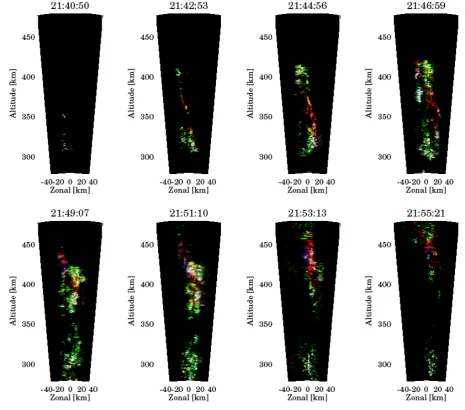Phase calibration approaches for radar interferometry and imaging configurations: equatorial spread F results
Full text
Figure
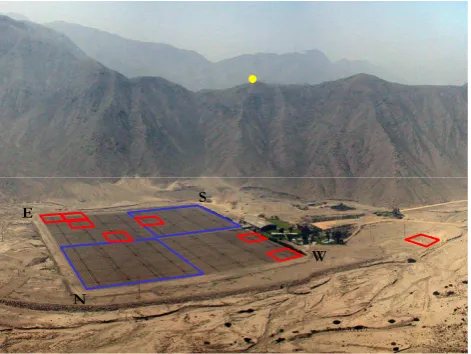
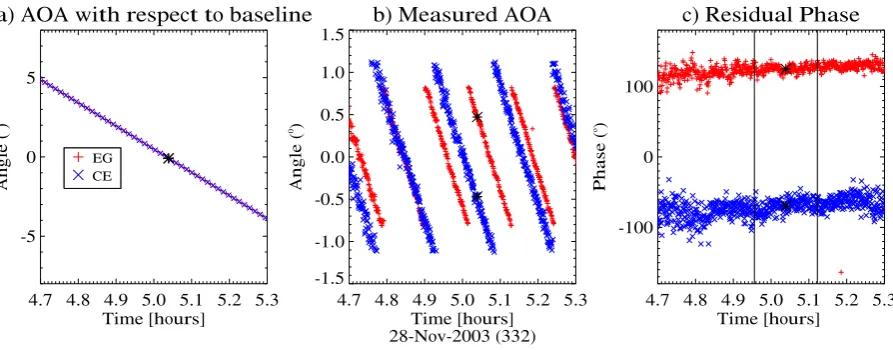
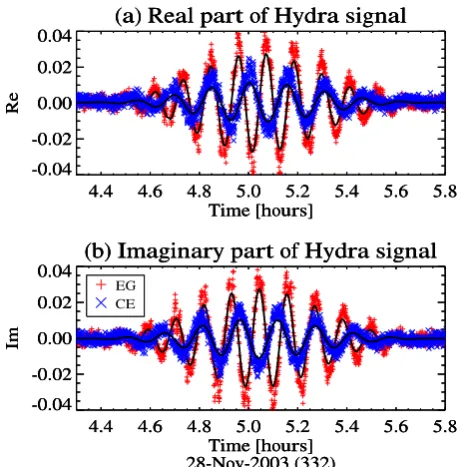
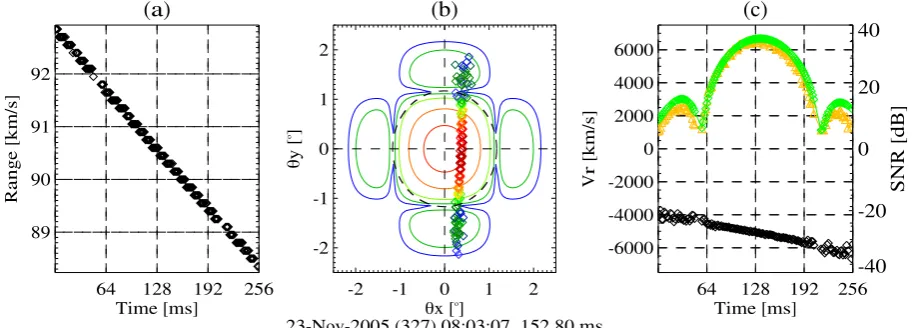
Related documents
Fundamental solutions to water pollution are (1) to control the amount and the rate the pollutants enter the waters and (2) to restore and/or enhance the waters' inherent
Methods: From universal insurance claims data in Taiwan, we retrospectively identified a cohort of 26005 patients with newly diagnosed heart diseases and 52010 people without
I, evaluates improvements in any disease on a 7-point scale (1 = “ very much improved"; 7 = “ very much worse ” ) [10]; 3) Profile of Mood States (POMS) is a 30- item scale
Effective prevention strategies operate on various levels: on the level of minors; on the level of adults who live or work with children and youth; but also on the level of
BCVA: best corrected visual acuity; CC: cortical cataract; DP: double-pass; LOCS III: Lens Opacities Classification System III; logMAR: logarithm of the minimum angle of
Sockets
While existing half-scan algorithms for cone-beam CT are in the Feldkamp framework, in this paper we compensate missing data explicitly in the Grangeat framework, and formulate
